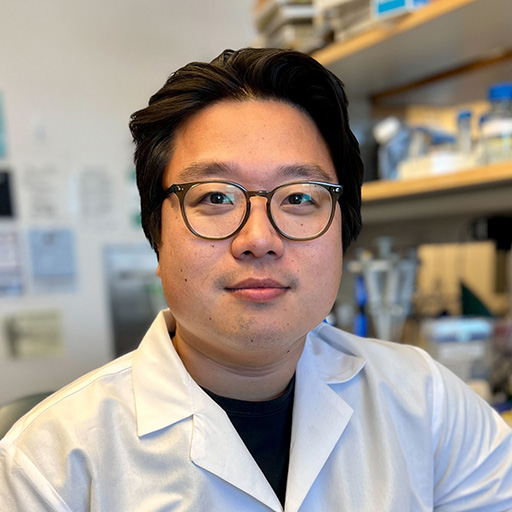Physiological Uncoupling of Cone Gap Junctions
Principal Investigator
John O'brien, Ph.D.
The University of Texas Health Science Center at Houston
Houston, TX, United States
About the Research Project
Program
Award Type
Standard
Award Amount
$200,000
Active Dates
April 01, 2006 - March 31, 2009
Grant ID
M2006025
Goals
This project will examine the physiological mechanisms that close cone to cone ‘gap junctions’, preventing spread of cell death. The investigators will use these studies to identify the signaling pathways that change the functional state of cone gap junctions in order to develop pharmacological interventions that close the junctions, reducing the exchange of small molecules between photoreceptors.
Summary
Photoreceptors are joined to each other by gap junctions, channels that permit the exchange of small molecules between adjacent cells. During cell death, such as occurs in macular degeneration, death-promoting factors may pass through gap junctions to adjacent cells and trigger death in otherwise healthy adjacent photoreceptors. This process can speed the progression of disease and hasten vision loss. Treatments that close these gap junctions may delay the progression of the disease. This project will examine the physiological mechanisms that close cone-cone gap junctions. By studying the biochemical properties of the cone photoreceptor gap junction protein, connexin35, we can estimate the functional state of the gap junctions. We will now use these studies to identify the signaling pathways that change the functional state of cone gap junctions. This information will be used to develop pharmacological interventions to close cone gap junctions, reducing the exchange of small molecules between photoreceptors. It is hoped that these studies will identify drugs that can be used to close cone gap junctions selectively. Such drugs could provide a treatment strategy that is complementary to existing treatments for macular degeneration by reducing the rate at which the degeneration spreads.
Related Grants
Macular Degeneration Research
How Metabolic Stress Can Drive Macular Degeneration
Active Dates
July 01, 2025 - June 30, 2027

Principal Investigator
Valencia Fernandes, PhD
Current Organization
University of California, San Francisco
Macular Degeneration Research
Storing Fat in the Eye: A Pathway for Tackling AMD
Active Dates
July 01, 2024 - June 30, 2026

Principal Investigator
John Han, PhD
Current Organization
University of Michigan Medical Center
Macular Degeneration Research
Interactions of Immune Proteins and Glucose Breakdown in Severe, Hereditary AMD
Active Dates
July 01, 2023 - June 30, 2026

Principal Investigator
Rayne Lim, PhD
Current Organization
University of Washington



